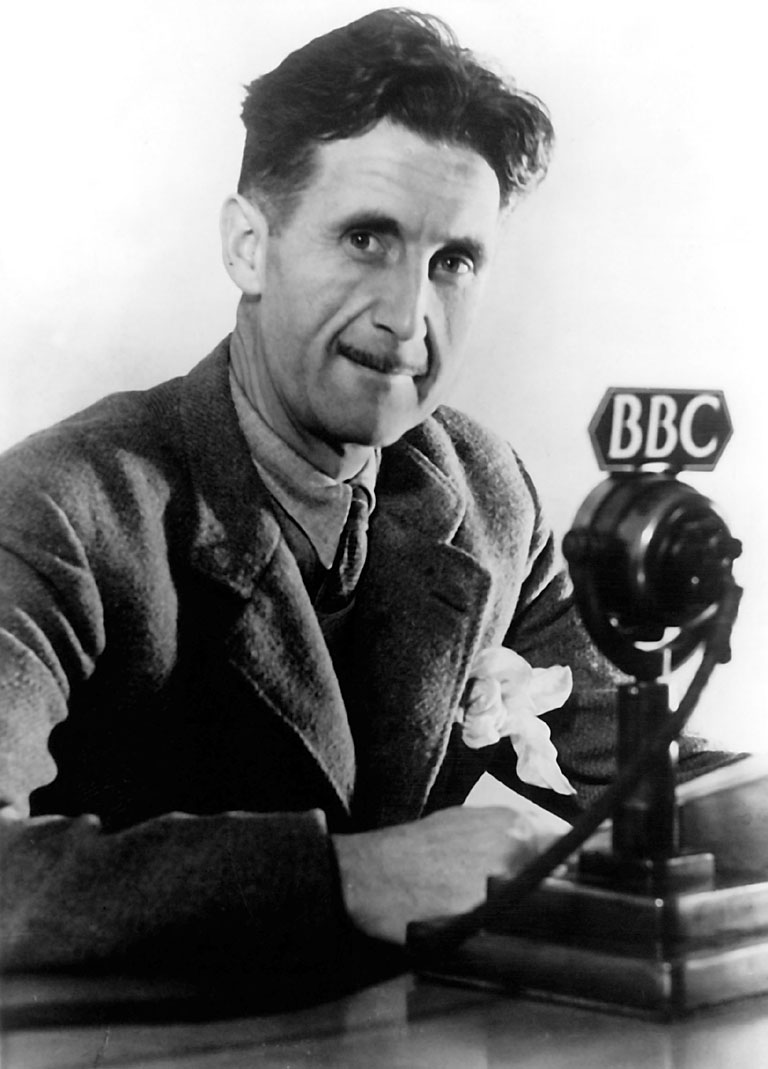Reality TV shows have been popular for many decades, but there are a few that stood the test of time and are still being aired today with multiple seasons. One of these timeless TV shows is Big Brother, a reality competition series that originated in the Netherlands.
Big Brother features contestants commonly called “housemates” who are living together inside a house that is locked or isolated from the outside world. Big Brother has become such a big reality show that it eventually became a franchise, where different countries have their own version of the show. To know more about this popular show, here is a guide to Big Brother and its impact on pop culture.
The “Big Brother” Name
The name of the reality TV show is based on the term “Big Brother,” which originated from the novel “Nineteen Eighty-Four (1984)” written by George Orwell and published in 1949. In the novel, Big Brother is the leader of a fictional totalitarian state called Oceania, and the citizens of the state are always reminded of the slogan, “Big Brother is watching you.” [1]
The famous slogan meant that the citizens’ every move is monitored, so they need to behave and avoid performing activities that can get them punished by Ingsoc, the ruling party of the state that holds total power over their people. The citizens are monitored or surveilled using “telescreens” that act as televisions, microphones, and cameras.
The same concept of having Big Brother monitoring a group of people’s movements is found in the Big Brother TV show, as surveillance or CCTV cameras are installed in almost every corner of the house where the contestants or “housemates” are living. In addition to being monitored, the contestants would also have to follow the rules so that they can avoid “force eviction” or being evicted from the house because of breaking one or more rules.
The Origins of Big Brother
The idea for the Big Brother show was conceived in 1997 during a brainstorming meeting at John de Mol Produkties, an independent production company owned by Endemol, a media company founded in 1994. The participants of the brainstorming meeting were Bart Romer, Paul Romer, Patrick Scholtze, and John de Mol, the man who created and owned Endemol.
In the meeting, they discussed the possibility of having a reality show that takes place inside a house with six contestants who will live there for about a year. The working title for the show was “De Gouden Koi,” which means “The Golden Cage” in English. This specific title was used for the reality show that aired from 2006 to 2008. The show served as a predecessor for Big Brother. [2]
The participants of the brainstorming session came up with a reality show idea after learning more about an experiment conducted inside Biosphere 2, a research facility located in Arizona, in 1991. The experiment involved eight individuals who discovered how difficult it is for them to live together inside a dome made of glass and steel that was supposed to replicate the environment of the Earth.
Another influence for the Big Brother show was “The Real World,” another reality TV series that was produced by MTV. The said show featured young adults who were chosen to live together temporarily in a new city while being filmed. It was in this show that Big Brother got the “confession room” idea, where the participants or contestants can confess what they are thinking or feeling without being heard by other participants.
Besides being aired on TV, Big Brother also had a 24/7 video streaming service where people can watch the participants inside the house anytime. This service was influenced by JenniCam, which is a website created by an Internet personality named Jennifer Ringley, who created the site in 1997 in order to share her life with people online. The website streamed footage caught on webcams that are installed on windows and coffee pots. It remained active until 2003.
The Big Brother Logo and House
The logo for the show was designed to take inspiration from the logo of Veronica, the network where Big Brother originally aired. Veronica is a Dutch free-to-cable commercial TV channel that was launched in 1995. The wave that was present in the original logo of Big Brother was taken from the wave used for the Veronica logo, and this wave is supposed to represent the time when Veronica was a pirate station (a radio or TV station that broadcasted from international waters).
The Big Brother logo’s wave was present not only in the original Dutch version of the show but also in other versions until 2019, when the logo was revamped to a simpler eye logo that emphasizes the “Big Brother is watching you” slogan.
During the development of the Big Brother shows, Endemol executives decided to reduce the time that the participants will stay in the house to 100 days, and that a prefabricated house will be built so that it would be easier and more convenient to install surveillance cameras and “camera-crosses,” which are portions of the house where cameramen can capture footage through a window without being seen by the participants.
International Expansion of Big Brother
Due to the success of the original Dutch version of Big Brother, other TV stations or networks bought licenses to adapt and air their own versions of Big Brother in various countries around the world. One of the most popular versions of Big Brother is the one that aired in the United States, which was introduced in 2000 by CBS Broadcasting Inc. The American version of Big Brother is the longest-running adaptation of the show, with the second being the Spanish version, which was discontinued in 2022.
As of 2023, the Big Brother franchise already has 508 seasons that are aired in more than 63 countries. While the popularity of Big Brother has decreased in some countries, there are still a few that have Big Brother as one of the most-watched shows on television.
Besides the usual Big Brother shows where strangers chosen through auditions would live inside a house for about 100 days, the franchise also has “special editions” that feature unusual contestants or participants. A well-known special edition of Big Brother is Celebrity Big Brother, which had celebrities as housemates or contestants inside an isolated house. There is also Teen Big Brother that was aired in the United Kingdom and the Philippines, where teenagers aged 13 and older were the housemates.
Cultural Impact of Big Brother
Big Brother had a huge impact on the culture of the Netherlands, the United States, and other countries. Because Big Brother was one of the most watched shows in the 2000s, watching each episode of the show has been the daily or weekly routine for many people during that decade.
The franchise also paved the way for other reality shows to become popular. Some of the shows that were influenced by Big Brother include The Amazing Race, where teams of two or more members would visit cities, towns, and islands in various parts of the world and compete to see who can travel the fastest from the starting point to the finish line. Another show that was influenced by Big Brother is Survivor, which has a similar premise as Big Brother, but the difference is that the contestants are living in an isolated outdoor location instead of a house.
Big Brother has also been mentioned or referenced in other shows like South Park and The Simpsons. In addition, some of the housemates who appeared in different seasons of the show would go on to become celebrities in their home country.
Jade Goody is arguably one of the most successful former housemates of the British edition of Big Brother, as after being evicted from the show, Goody would go on to get lead roles in various television shows like Jade’s Salon (2005) and Jade’s P.A. (2006). Jade Goody was once called “the most hated woman in Britain,” because of her brash personality and lack of decorum, but she would use this publicity to make a name in Britain’s entertainment industry. Sadly, Jade Goody passed away in 2009 due to cervical cancer. [3] After her death, the opinion of the public about her began to soften.
The Philippine edition of Big Brother is arguably one of the versions of the show that produced a large number of celebrities, as many of the edition’s first-place winners (called “Big Winners”) would go on to become popular actresses, hosts, and media personalities. Some of these Philippines celebrities are Kim Chiu (the winner of the first Teen Edition), James Reid (winner of Teen Clash 2010), Slater Young (winner of the Unlimited edition), and Maymay Entrata (winner of Lucky Season 7).
Big Brother is considered one of the most influential shows in the history of television, and although its popularity has died down a bit in recent years, there is no denying that many of the well-known reality shows today have taken inspiration from Big Brother.
References
[1] Dixon, M.J. (2022, July 7). Why is ‘Big Brother’ called ‘Big Brother’? Name meaning explained. IMDB. Retrieved September 6, 2023, from https://www.imdb.com/news/ni63380411/
[2] Idato, M. (2020, June 3). Big Brother is watching you. The Sydney Morning Herald. Retrieved September 6, 2023, from https://www.smh.com.au/culture/tv-and-radio/big-brother-is-watching-you-20200602-p54ymb.html
[3] Vnuk, H. (2019, August 18). Jade Goody was Britain’s biggest and most hated reality TV star. Then, aged 27, she died. MamaMia. Retrieved September 6, 2023, from https://www.mamamia.com.au/jade-goody/


